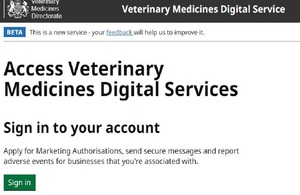UK Atomic Energy Authority has confirmed several partners this month to help advance its ambitious STEP (Spherical Tokamak for Energy Production) programme as it seeks to demonstrate the commercial viability of fusion energy.
Led by Atkins and energy transition specialists Assystem, the Tranche 1 Engineering Delivery Partner will play a critical role in STEP’s ambitions to design and build a commercial-scale prototype fusion energy plant through to March 2024. The partners will inform the development of the concept design for STEP, which is one of the programme’s key objectives in Tranche 1.
Tristram Denton, Head of Commercial and Programme Development for STEP, said: “Fusion has great potential to deliver safe, sustainable, low carbon energy for generations to come, and STEP is leading the way. It’s an ambitious programme operating at the forefront of science, technology and engineering.
“It’s clear we must make significant changes to address the effects of climate change, and STEP’s delivery partners will play a crucial role in our quest to making fusion a reality.”
Meanwhile, UKAEA has teamed up with Oxford Sigma (OS), Frazer-Nash Consultancy (FNC) and TÜV UK to train the next generation of fusion engineers in tackling the engineering challenges of commercial fusion energy.
Training material developed in conjunction with UKAEA’s partners will ensure fusion engineers are equipped with state-of-the-art skills on designing for, and mitigating against, radiation damage in fusion energy devices.
Terry Thompson, STEP Control Systems Lead, UKAEA, said: “Through UKAEA’s collaboration with OS, FNC and TÜV UK we have managed to bring together a body of material which represents the leading edge in relation to international understanding of radiation effects and good design practices, which will drive forward the development of the first fusion power plants and fusion energy as a commercial reality.”
Mark Anderton, Engineer at Oxford Sigma, added: “The skills and guidance provided in the training package we’ve produced in partnership with UKAEA, Frazer-Nash, and TÜV UK are invaluable resources for the next generation of engineers. It is an exciting step forward in achieving fusion whilst simultaneously supporting the young people tasked with our future.”
The announcement of STEP’s site location is expected later this year following UKAEA’s recommendation to the Secretary of State for the Department of Business, Energy and Industrial Strategy.
The STEP site will become a global hub for a wide range of engineering, technological and scientific expertise, leading to massive economic opportunities for the UK.
For further information, visit: step.ukaea.uk


